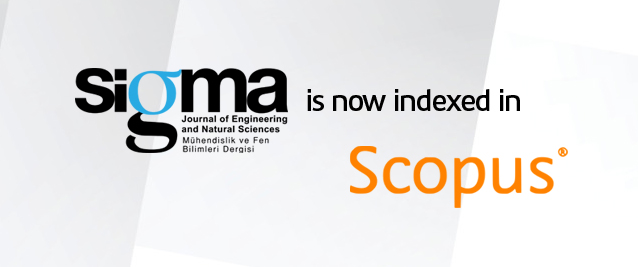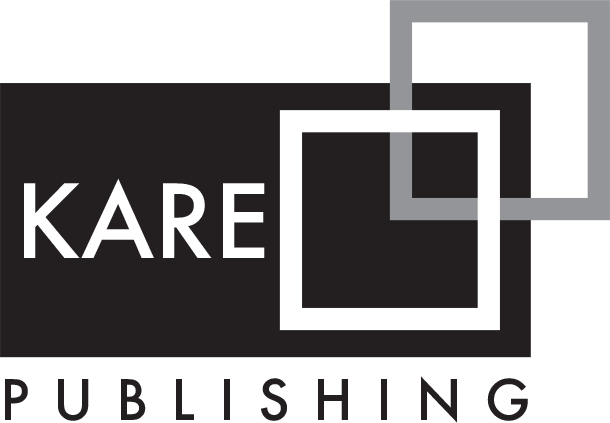2Department of Interior Architecture and Environmental Design, Istanbul Sabahattin Zaim University, Istanbul, 34303, Türkiye
3Department of Industrial Engineering, Istanbul Health and Technology University, Istanbul, 34445, Türkiye
Abstract
University campuses, characterized by their urban amenities, socio-cultural atmosphere, and diverse user population, play a significant role as public places in small cities. The physical layout of campus locations influences our views toward schooling. The concept of an inclusive campus climate refers to how people and groups perceive and interact with the environment within the campus community. The campus atmosphere encompasses the variety of people, their unique experiences, and the interpersonal contact among them.
The membership functions of type-1 (T1) fuzzy sets (FSs) are represented in two dimensions, whereas the membership functions of type-2 (T2) FSs are represented in three dimensions. The introduction of this new third dimension allows for the direct modeling of uncertainties by pro-viding more degrees of freedom. In addition, the membership value of T2 FSs is more adept at managing ambiguities. In this paper, an interval type-2 fuzzy analytic network process (IT2 FANP) is used to evaluate the weight of criteria decided by experts in the evaluation of campus climate factors with trapezoidal fuzzy numbers. The aim of this paper is to evaluate the campus climate factors using an IT2 FANP methodology. For this problem, the three main criteria and nine subcriteria were defined by experts. Therefore, the ranking of main criteria is “Physical Environment” > “Conceptual Environment” > “Administrative Environment”, and the ranking of subcriteria is found as “Social Environment” > “Exterior” > “Interior” > “Cultural Environment” > “Psychological Environment” > “Inclusive Goal and Perception” > “Economic Factors” > “Ac-creditation” > “Legislation on Inclusive Design” by IT2 FANP methodology.















